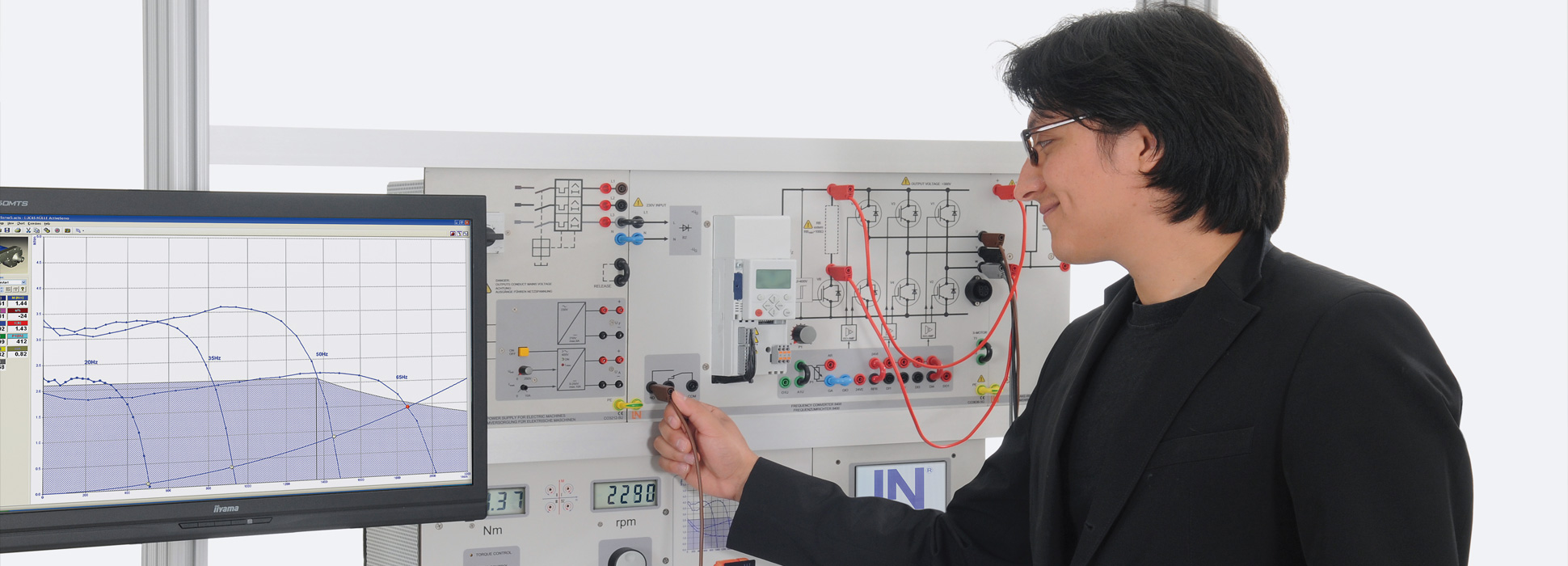ADIA provides products, services, resources and supplies to teach STEM subjects.
Click to view our STEM teaching products by discipline
Science
Technology
Engineering
Mathematics
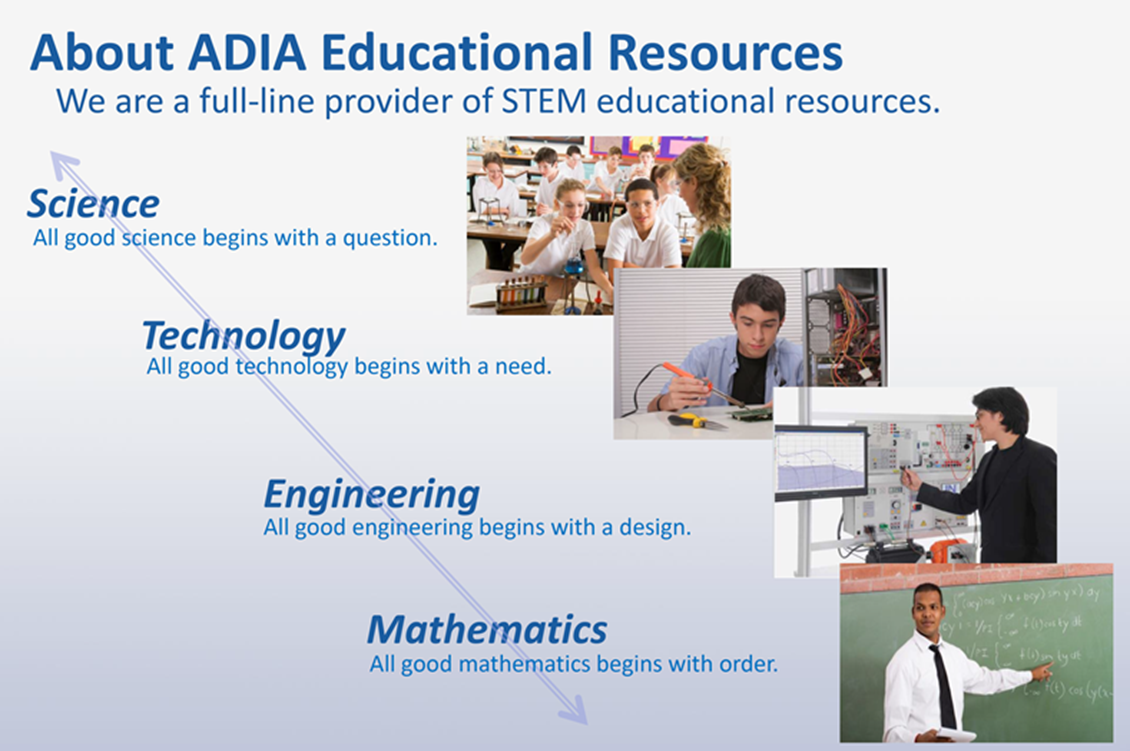
Featured Products
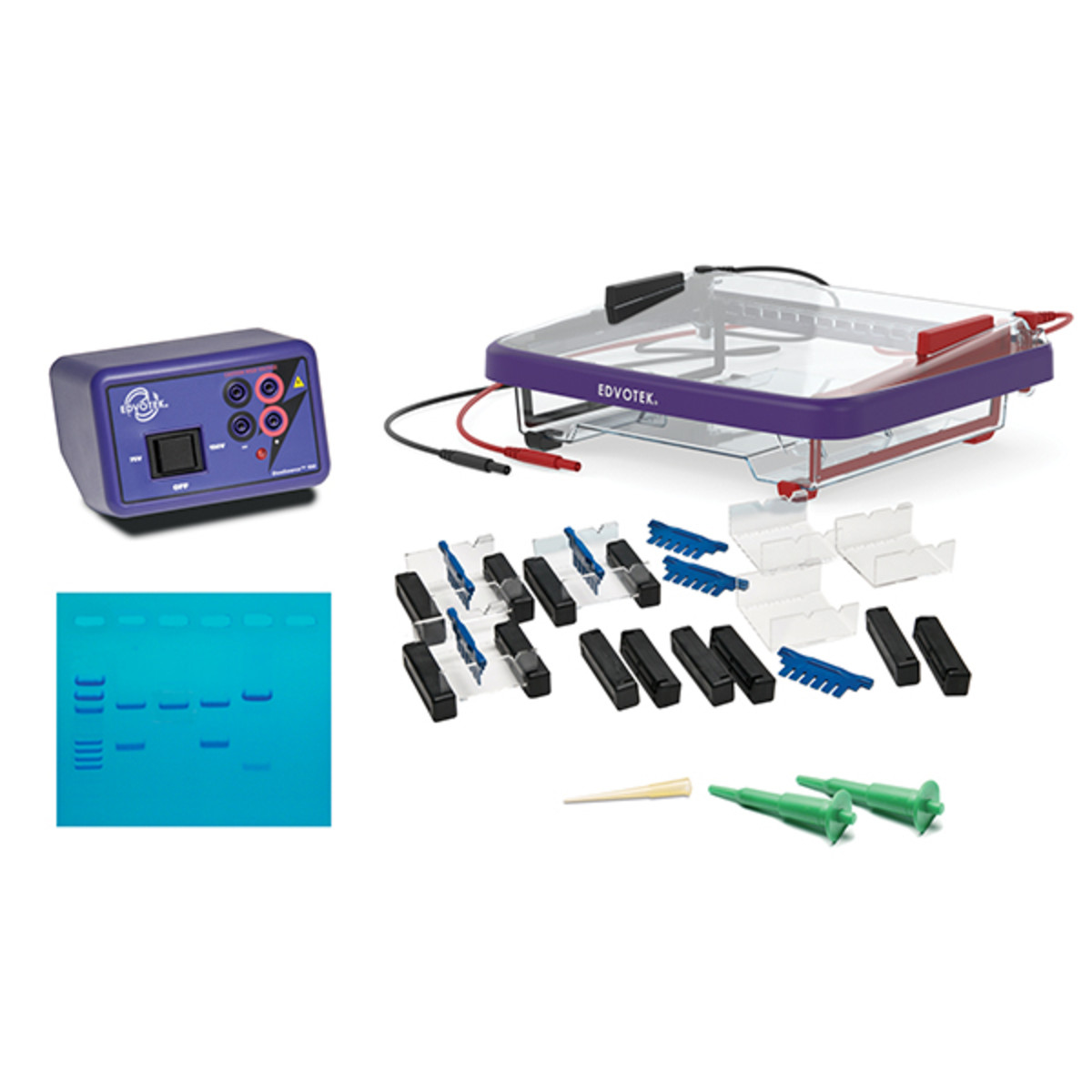
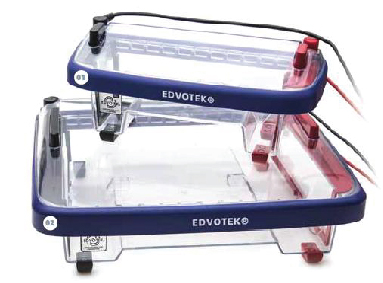

What is STEM?
STEM is about the integration of the Science, Technology, Engineering, and Mathematics within education to better understand, and to gain greater insight into, the important concepts and principles of each individual discipline.
from AAAS
“Benchmarks for Science Literacy”
from ITEA
Standards for Technological Literacy
from ABET
the Accreditation Board for Engineering and Technology
from the English Oxford Dictionary
Why teach using STEM?
- STEM disciplines are considered to be part of the core underpinning of an advanced society;
- STEM disciplines are intuitively observed to be related;
- STEM subjects are not considered whole without the others;
- STEM connection and integration provides far greater understanding. The sum is greater than the parts.
- STEM achieves greater insight within context and leads to the theoretical, the abstract, and the ideal;
- STEM is not about artificial silos;
- STEM is fun and interesting!!!
ADIA’s STEM Products
- Our products are didactic – specifically designed for teaching;
- Our products align with important attributes of educational standards and curriculum;
- Where possible, we connect those attributes to specific components within our offering;
- For easy access, our teaching products can be categorized in three important ways…
-by discipline, topic, & concept;
-by grade level;
-by curriculum area;
Learning in Context

=

+
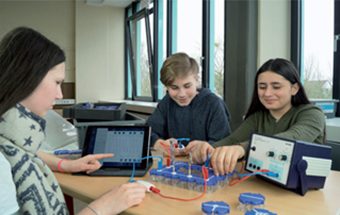
What is Context-based Teaching & Learning?
Learning in Context means that students will use example from real-life experiences in the teaching and learning environment. A greater emphasis is placed on actual, practical experience with a subject rather than just its mere theoretical parts.


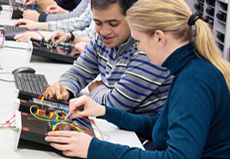
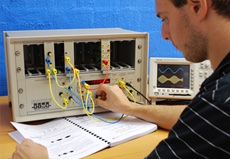
Helping students move from concrete to theoretical understanding
By Teaching in Context, instructors give students opportunity to progress along an inquiry-based teaching continuum. A well-designed instructional plan includes progression from structured inquiry, to guided inquiry, to open-discovery inquiry. In this way students use real-world objects to help them to progress from the concrete to the theoretical which provides greater understanding and problem-solving capability.
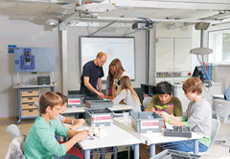

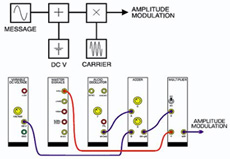


Why does learning in context provide value?
Contextual learning is based on a constructivist theory of teaching and learning which asserts that more effective learning takes place when instructors present information in such a way that students can construct meaning based on their own experiences.
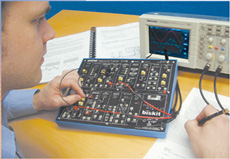



Important components of Contextual Learning
Contextual learning has the following characteristics
- emphasis on problem solving
- recognizing that teaching and learning need to occur in multiple contexts
- assisting students in monitoring their learning and thereby become self-regulated learners
- anchoring teaching in the diverse-life context of the students being taught
- encouraging students to learn from each other
- employing authentic assessment




